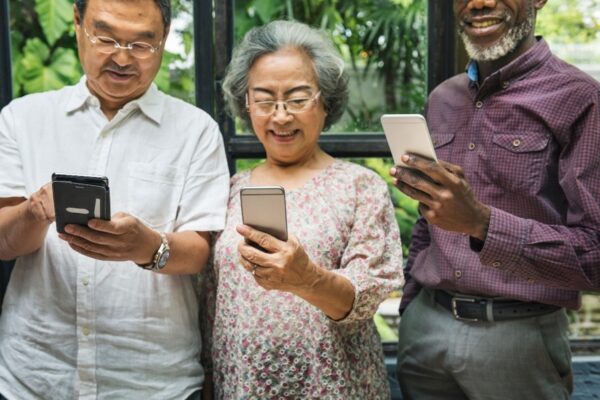Technology for Seniors: Enhancing Quality of Life and Safety
In an era defined by technological advancement, one demographic often overlooked in discussions about innovation is our senior population. However, as society grapples with the challenges posed by an aging demographic, a quiet revolution is taking place within senior living facilities.
Modern technologies are being integrated to enhance safety, communication, and overall well-being for our elders. Donna Hurley of Fresno explores the transformative impact of technology on senior living, highlighting how these advancements are not only enriching the lives of seniors but also providing invaluable peace of mind for their families and caregivers.
Smart Home Solutions: The Foundation of Safety
The cornerstone of this technological renaissance in senior living is the integration of smart home solutions. These systems utilize a network of sensors and devices to monitor and automate various aspects of daily life.
For seniors, this translates to enhanced safety and security. Motion sensors can detect falls or unusual activity, triggering immediate alerts to caregivers or staff. Smart door locks and surveillance cameras provide an extra layer of protection, allowing seniors to feel secure in their own homes.
Communication Technologies: Bridging the Gap
One of the most significant challenges faced by seniors is social isolation. Technology is stepping in to bridge this gap. Video conferencing platforms, user-friendly tablets, and specialized senior-friendly smartphones are enabling seniors to connect with loved ones, participate in virtual social events, and access telehealth services from the comfort of their living spaces. These tools not only combat loneliness but also empower seniors to maintain their independence.
Wearable Health Monitors: Proactive Healthcare
Advancements in wearable technology have revolutionized healthcare for our aging population. Devices like smartwatches and health trackers can monitor vital signs, activity levels, and even detect irregularities in real-time. This data can be seamlessly shared with healthcare providers, allowing for early intervention and personalized care plans. By shifting from reactive to proactive healthcare, seniors are experiencing a higher quality of life and reduced hospitalization rates.
Cognitive Support and Entertainment: Nurturing Mental Well-being
Cognitive decline is a concern for many seniors and their families. Technological interventions are proving to be invaluable in this regard. Brain-training apps, virtual reality experiences, and interactive games designed specifically for seniors are stimulating cognitive function and providing enjoyable mental exercise. These activities not only support brain health but also contribute to a higher overall quality of life.

Medication Management Systems: Ensuring Adherence
Managing medications can be a complex task, especially for seniors with multiple prescriptions. Technology has introduced automated medication dispensers and reminder systems that ensure doses are taken at the right time. These systems can also alert caregivers or healthcare providers if medications are missed, providing an extra layer of safety and peace of mind.
Conclusion: A Brighter Future for Senior Living
As modern technology continues to evolve, so too does its potential to revolutionize senior living. By integrating smart home solutions, communication technologies, wearable health monitors, cognitive support, and medication management systems, we are creating environments that prioritize safety, well-being, and quality of life for our cherished seniors.
These advancements not only empower seniors to age in place with dignity but also offer a profound sense of reassurance to their families and caregivers. In this era of technological innovation, the golden years are shining brighter than ever before.


